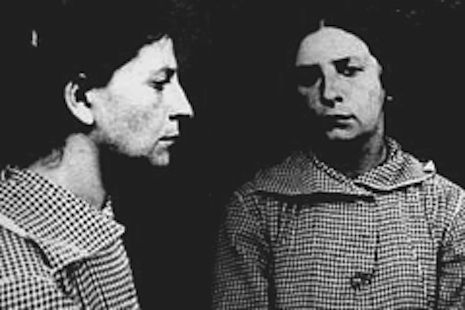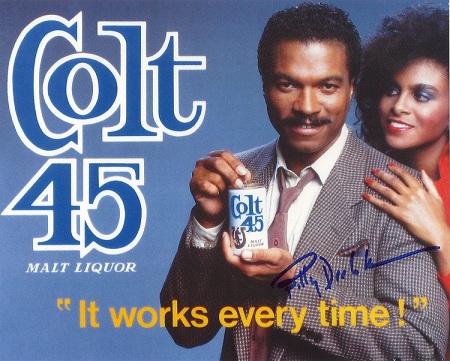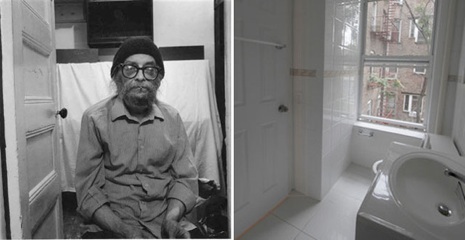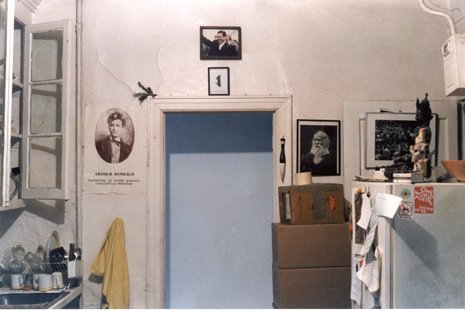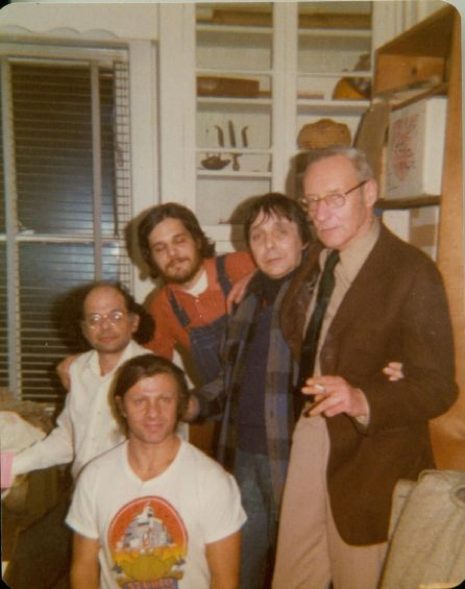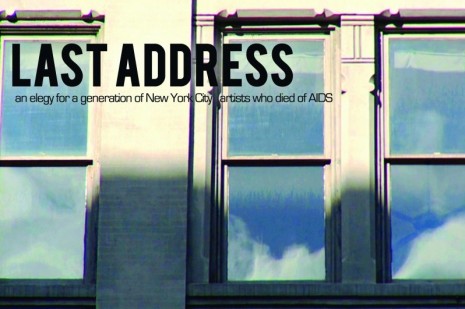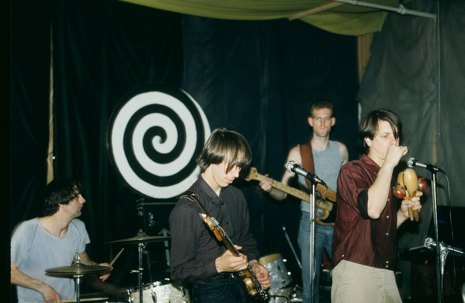
For seven years I had an apartment on Christopher St. and Bleecker in New York’s West Village just one and a half blocks from the historic Stonewall Inn, site of the first riots for gay rights and birthplace of the Gay Liberation Front. Although there was a pretty good drama (Stonewall) that came out 15-years ago, it’s great that a proper documentary finally got these stories on tape to set the record straight. I really look forward to seeing this film.
“It was the Rosa Parks moment,” says one man. June 28, 1969: NYC police raid a Greenwich Village Mafia-run gay bar, The Stonewall Inn. For the first time, patrons refuse to be led into paddy wagons, setting off a 3-day riot that launches the Gay Rights Movement.
Told by Stonewall patrons, reporters and the cop who led the raid, Stonewall Uprising recalls the bad old days when psychoanalysts equated homosexuality with mental illness and advised aversion therapy, and even lobotomies; public service announcements warned youngsters against predatory homosexuals; and police entrapment was rampant. At the height of this oppression, the cops raid Stonewall, triggering nights of pandemonium with tear gas, billy clubs and a small army of tactical police. The rest is history.
—Karen Cooper, Director, Film Forum
The Stonewall Uprising website






